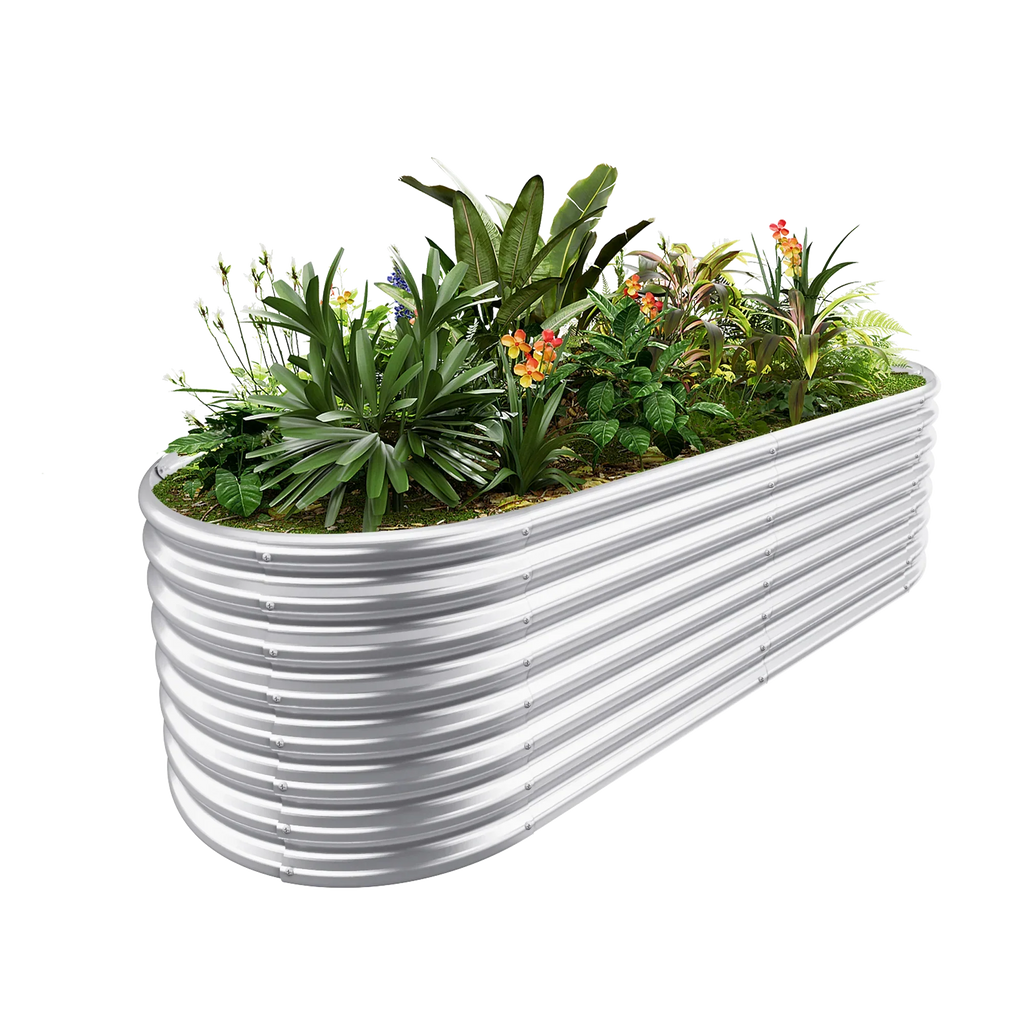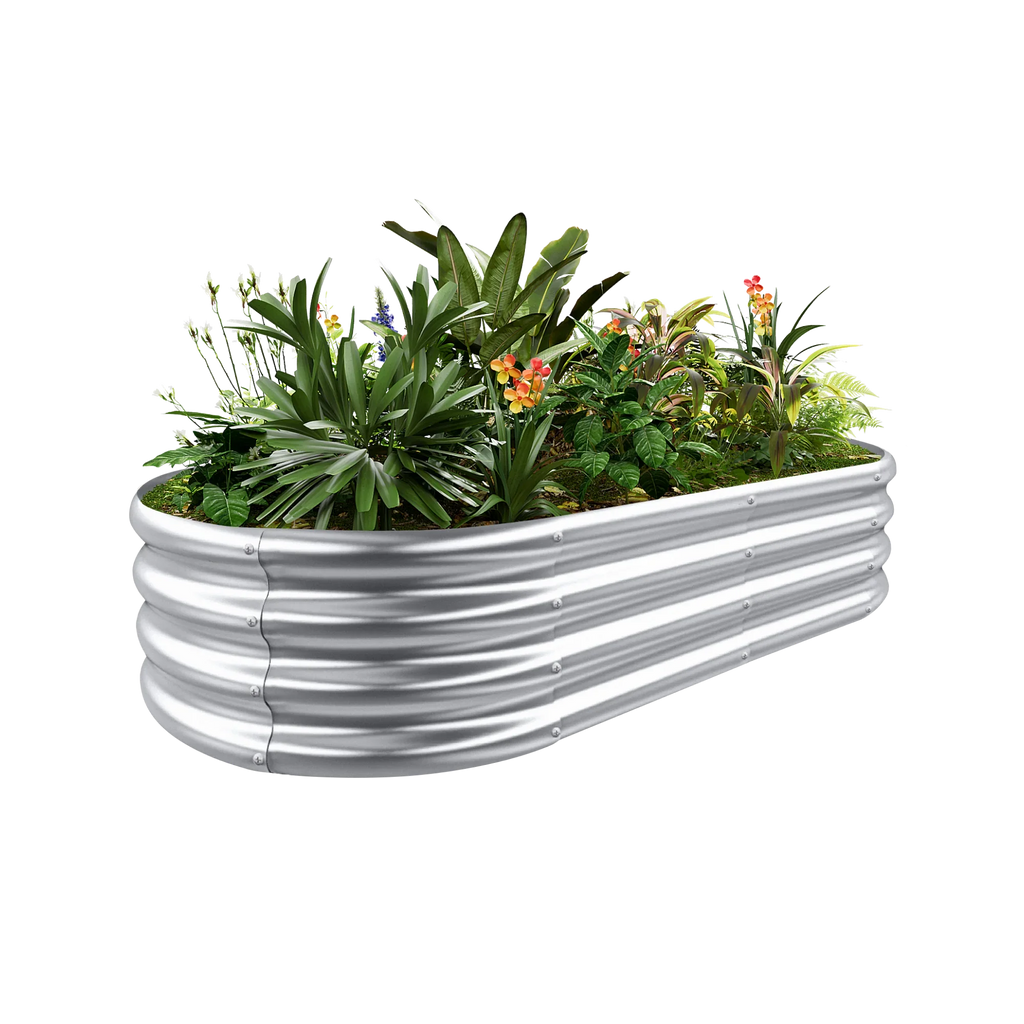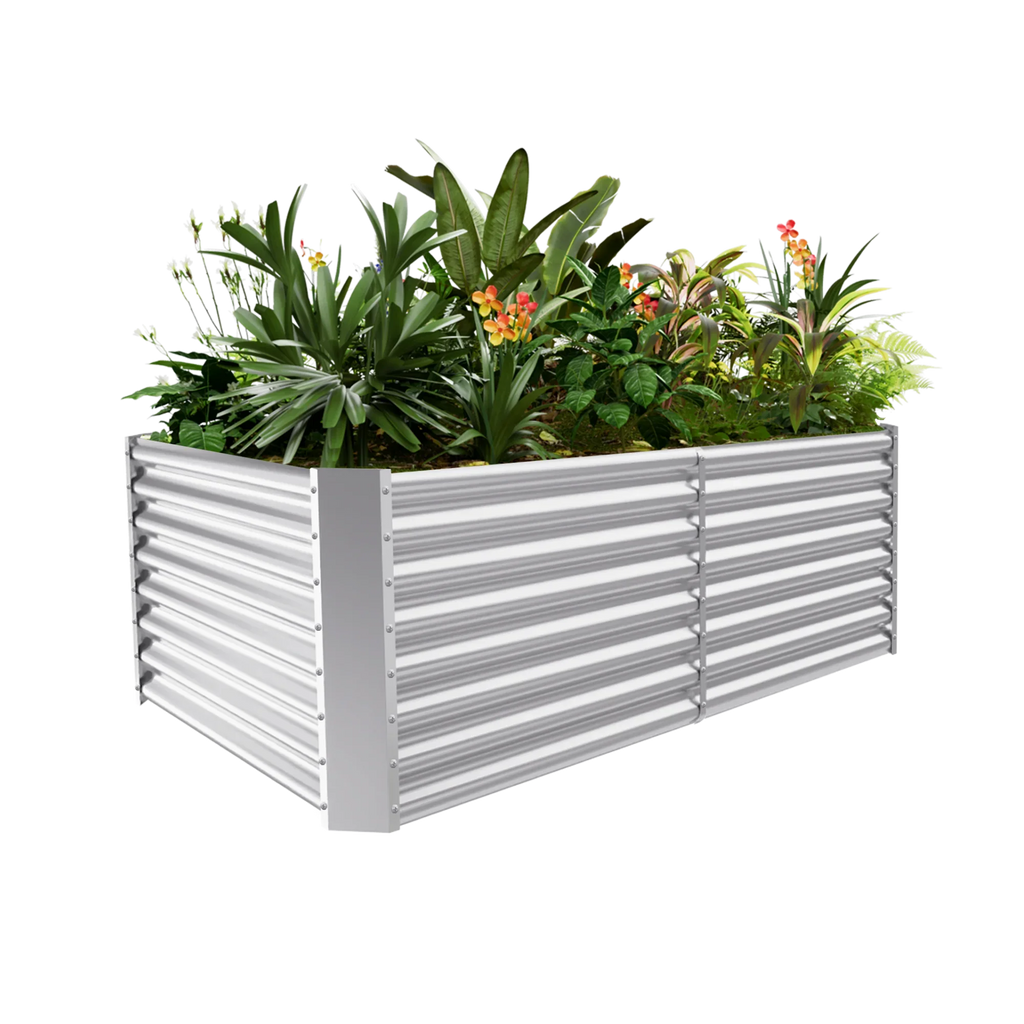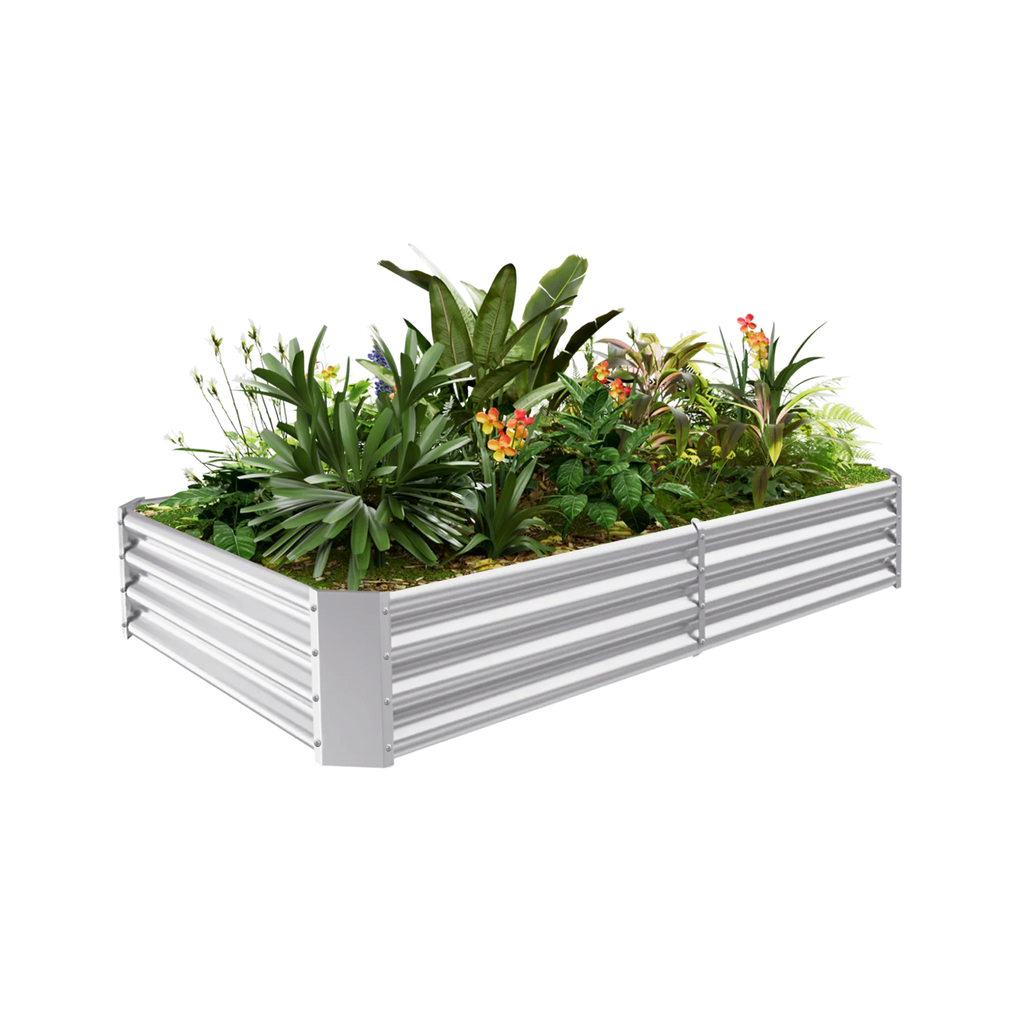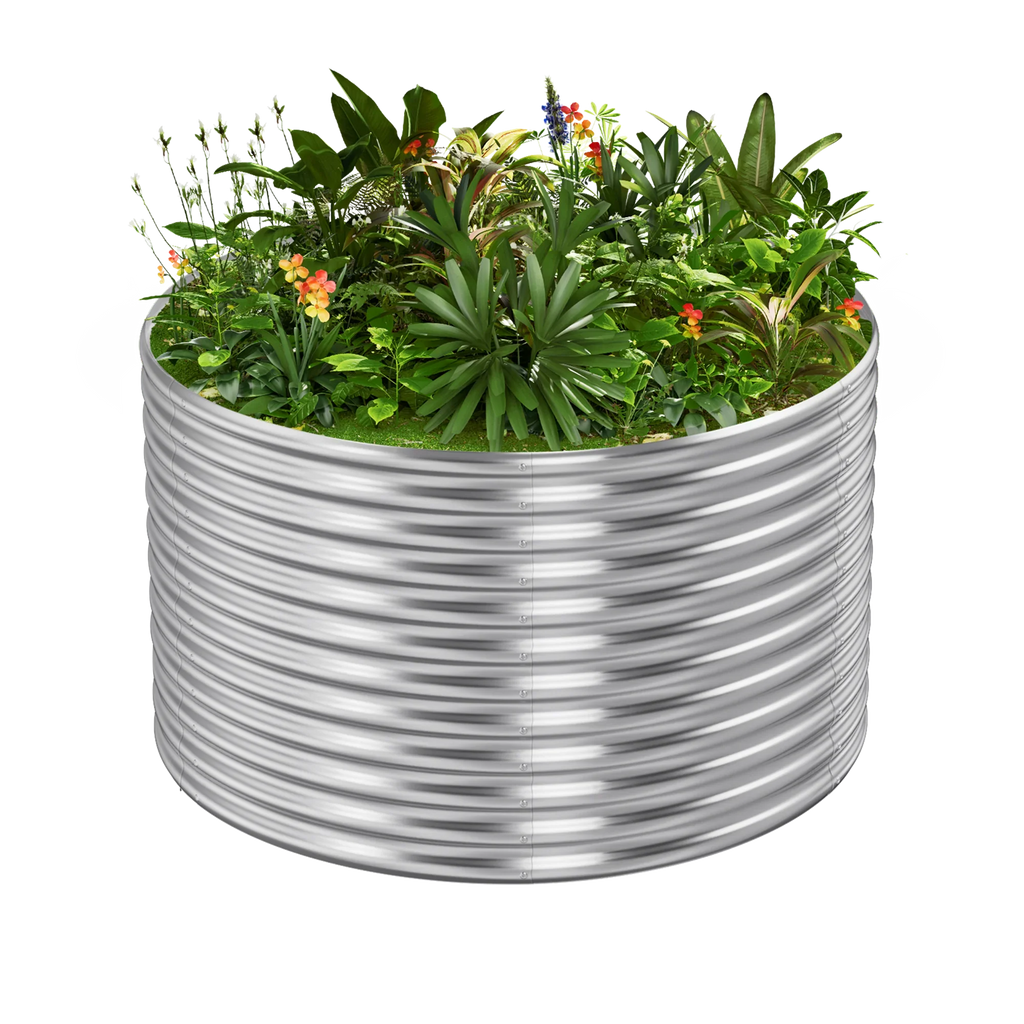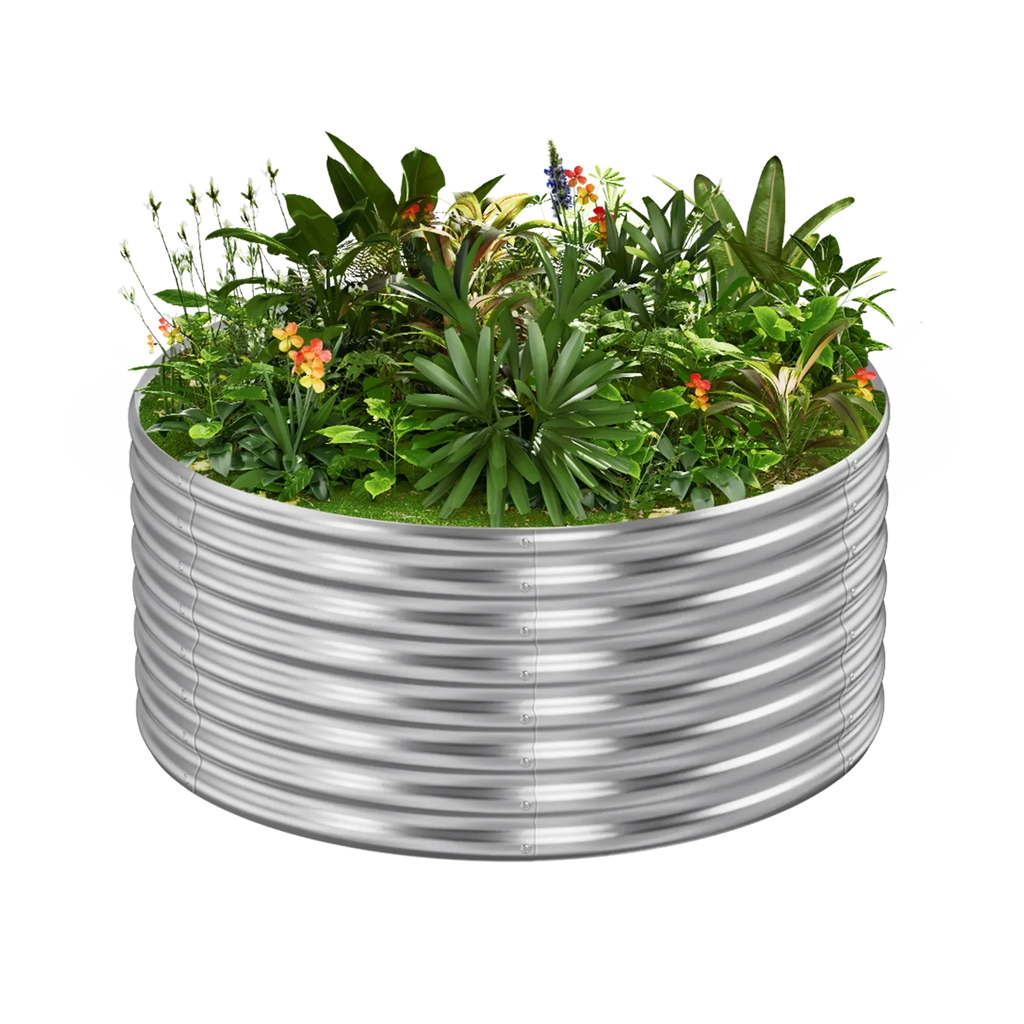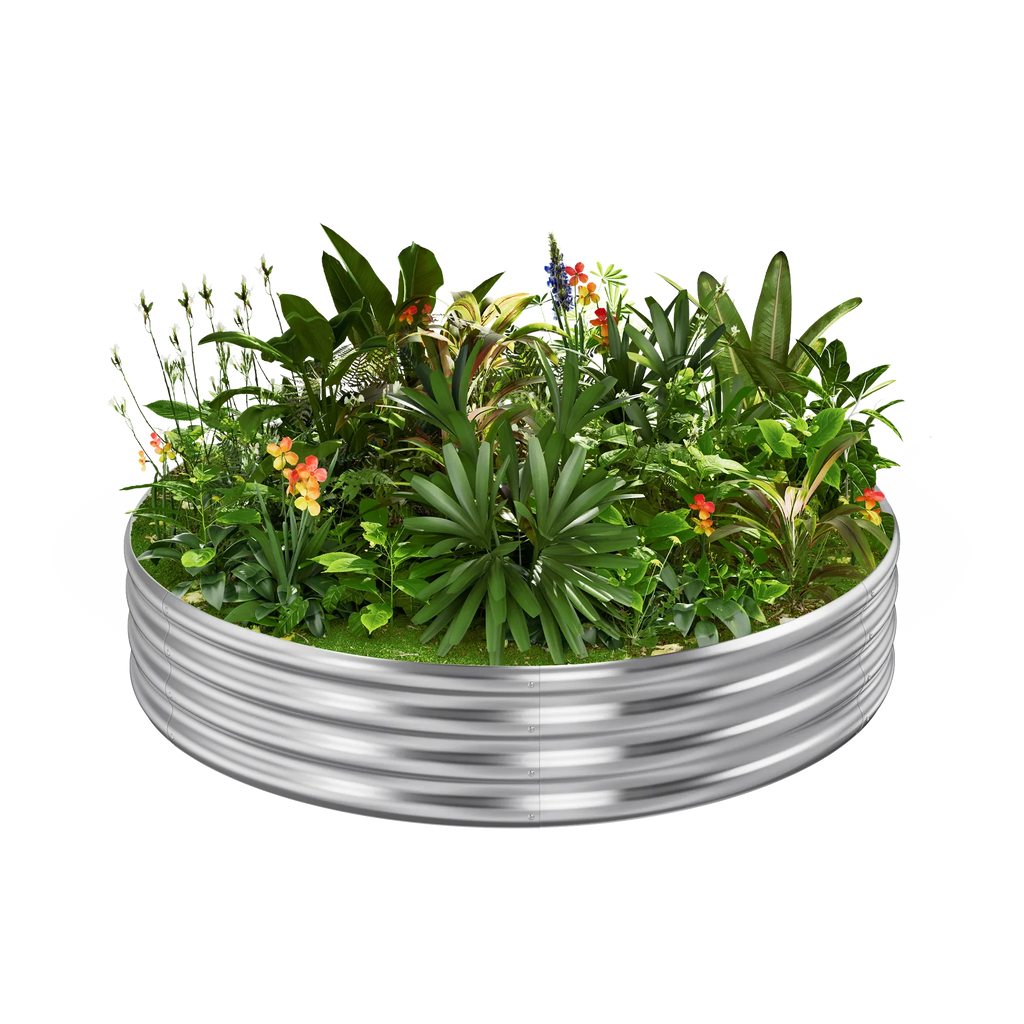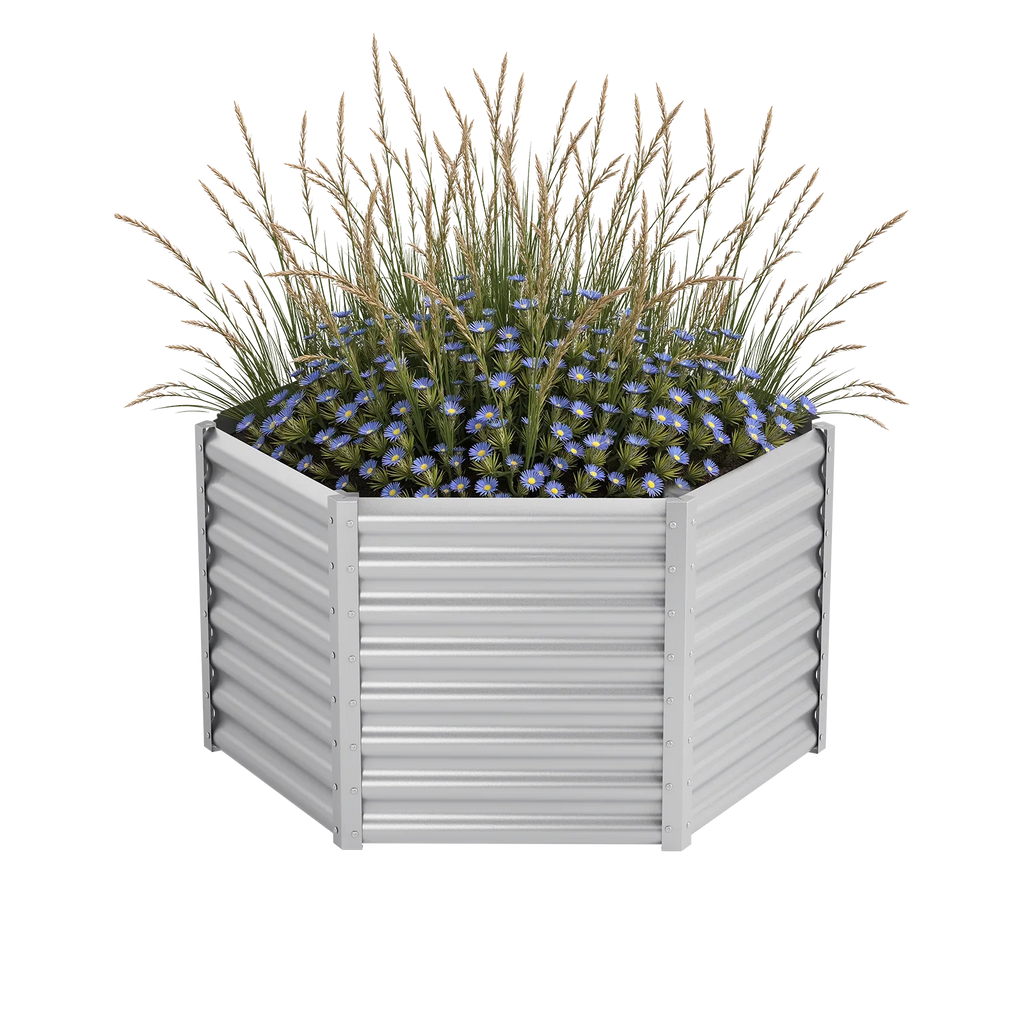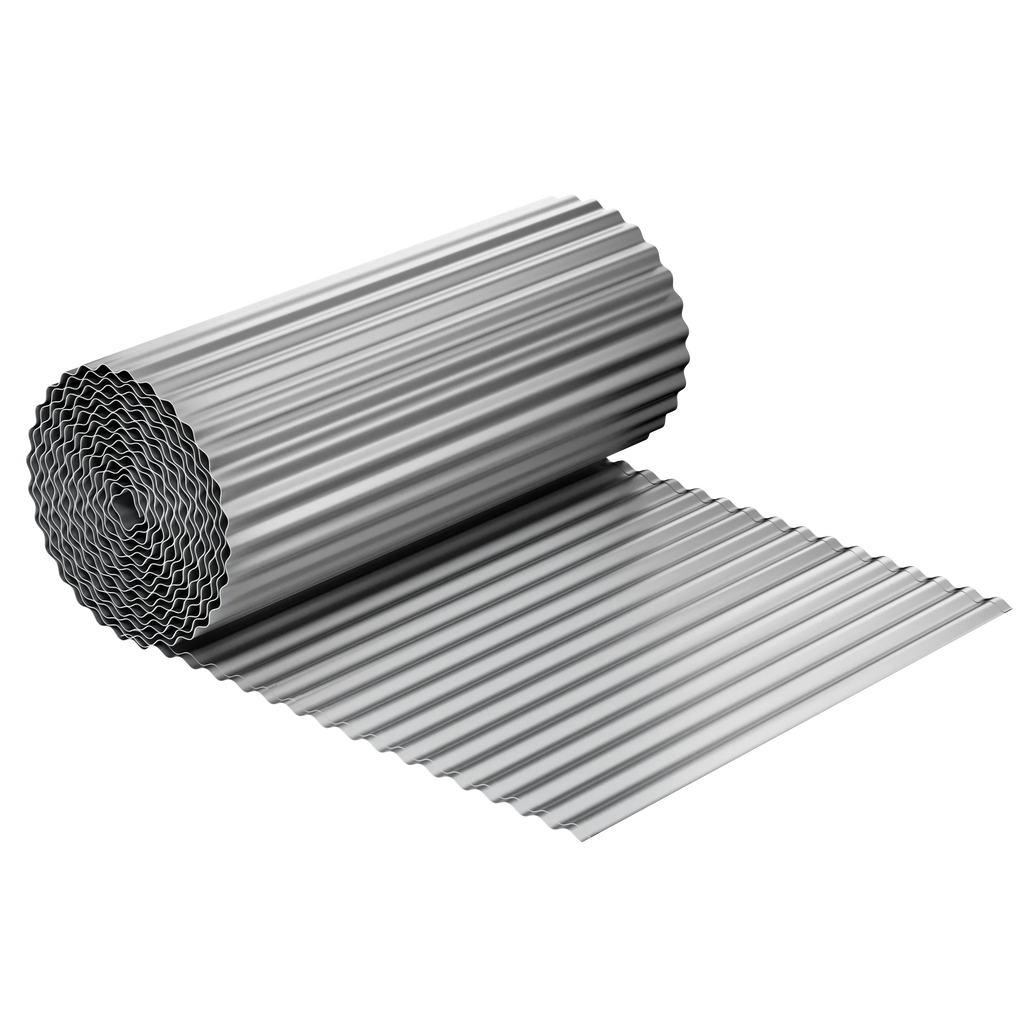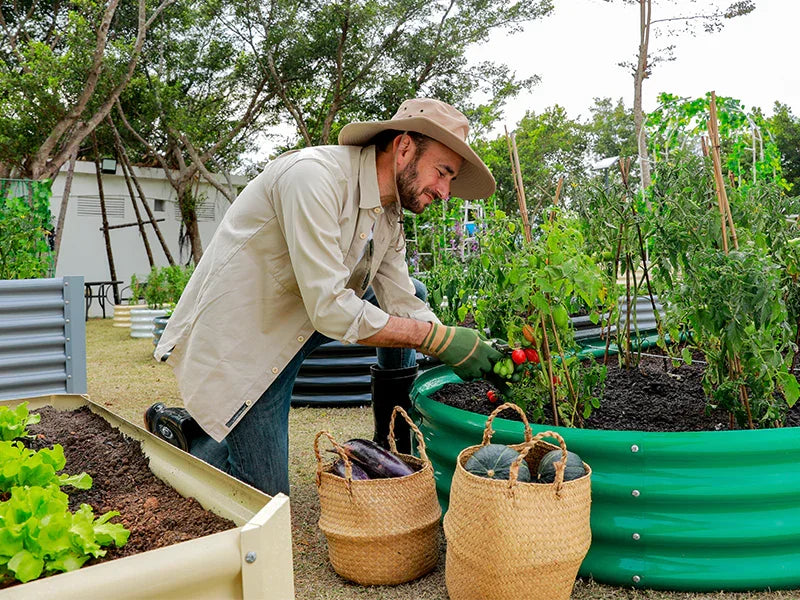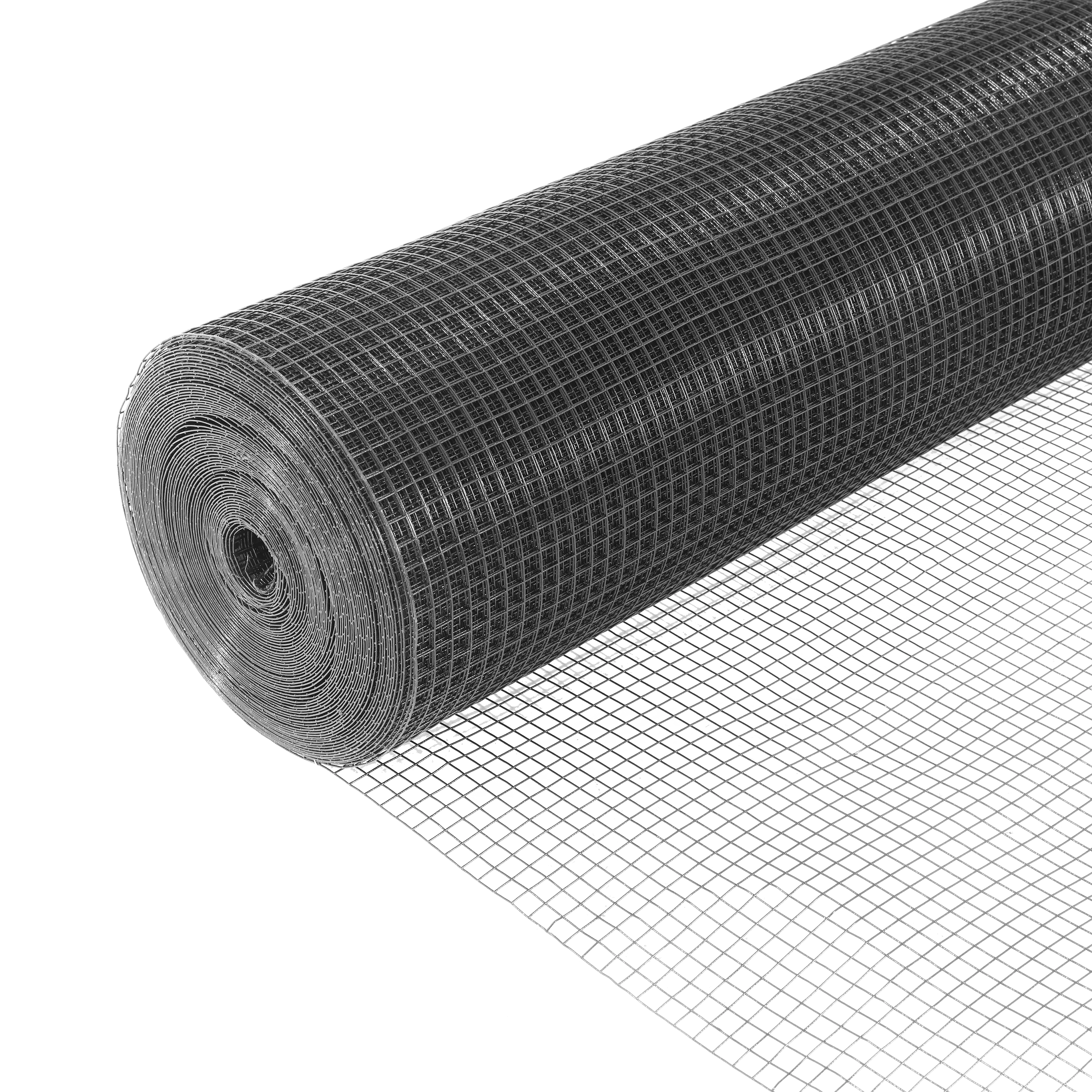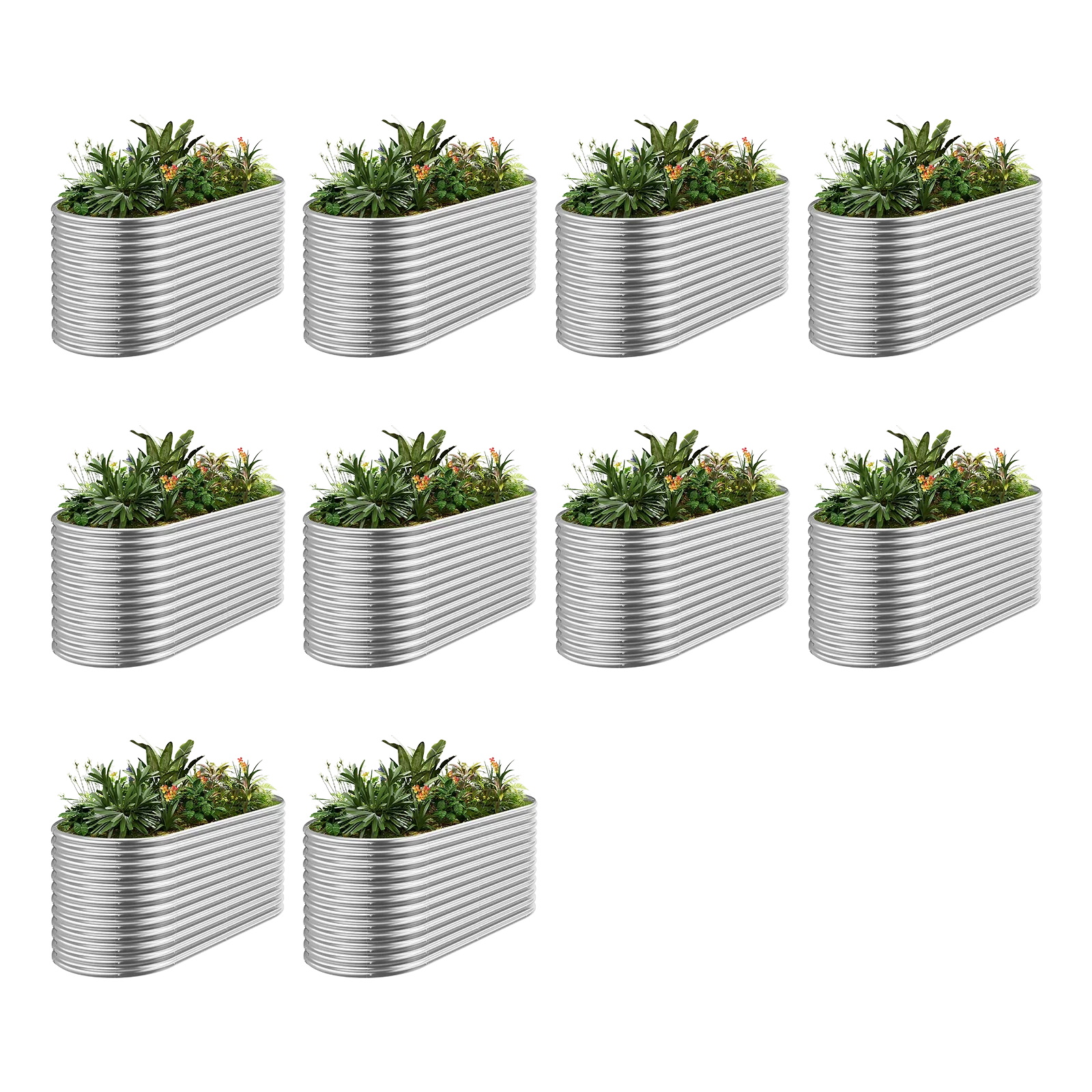Nothing beats the taste of homegrown vegetables—fresh tomatoes, crisp carrots, and tender peas straight from your garden. But how do you keep the harvests coming year after year? The secret lies in crop rotation techniques, a time-tested method that boosts soil health and keeps your veggie patch thriving. For American gardeners, pairing these techniques with galvanized raised garden beds makes the process easier and more rewarding than ever. Let’s explore how you can grow a steady supply of fresh produce right at home.
Why Rotate Your Vegetable Crops?
Across the U.S., from suburban backyards to urban patios, gardeners dream of endless fresh veggies. Crop rotation makes that dream a reality. By switching up what you plant in each spot, you improve soil fertility, cut down on pests and diseases, and extend your harvest season. Think of it as a natural reset for your garden. Add in durable galvanized raised garden beds, and you’ve got a simple, efficient way to keep your vegetable garden flourishing without the guesswork.
What Is Crop Rotation? The Basics
Crop rotation is the practice of planting different vegetables in a specific order across seasons or years in the same area. It’s all about balance—different plants use and give back nutrients in unique ways. For example, peas and beans “fix” nitrogen into the soil, while leafy greens like spinach gobble it up. Rotating them prevents nutrient depletion and keeps your garden healthy.
Common U.S. veggies perfect for rotation include tomatoes, carrots, beans, spinach, and corn. Whether you’re in the Midwest or the Southwest, these crops adapt well to a rotation plan, ensuring your table stays stocked with fresh produce.
How to Use Crop Rotation Techniques: Practical Tips
Ready to start rotating your vegetables? Here’s a straightforward guide to keep your harvests coming:
Step 1: Plan Your Planting Zones
Divide your garden into sections. Galvanized raised garden beds are ideal for this—they let you organize crops neatly and manage soil conditions with ease. No sprawling plot? No problem—these beds work in small spaces too.
Step 2: Group Vegetables by Nutrient Needs
Sort your veggies into categories:
· Heavy Feeders: Tomatoes, corn—big plants that demand lots of nutrients.
· Light Feeders: Beans, peas—these add nitrogen back to the soil.
· Soil Builders: Cover crops like clover or alfalfa to recharge the earth.
· This keeps your soil from getting “tired.”
Step 3: Create a Rotation Schedule
Plan a cycle. For example:
· Year 1: Plant beans to enrich the soil.
· Year 2: Follow with spinach or lettuce to use that nitrogen.
· Year 3: Switch to carrots or potatoes for a root crop harvest.
· Tip: Avoid planting the same family back-to-back (like tomatoes after peppers—they’re both nightshades and attract similar pests).
Step 4: Track and Tweak
Jot down what you plant where—use a notebook or app. Adjust as needed based on your harvests or weather. With galvanized raised garden beds, it’s easy to shift things around without digging up your whole yard.
Why Choose Galvanized Raised Garden Beds for Crop Rotation?
Galvanized raised garden beds are a gardener’s best ally for crop rotation. Here’s why:
· Durability: Made from rust-resistant steel, they last for years, no matter the weather.
· Soil Control: Fill them with the perfect mix for each crop, tailored to your rotation plan.
· Organized Design: Divide them into zones for seamless crop switching.
At [Your Website URL], our [Your Brand] Galvanized Raised Garden Beds take the hassle out of gardening. They’re perfect for small yards, patios, or balconies, letting you rotate crops without needing a big plot. Busy schedule? These beds make maintenance a snap, so you can focus on the harvests, not the hard work.
The Rewards of Crop Rotation
Master crop rotation techniques, and you’ll reap big rewards:
· Non-Stop Harvests: Enjoy fresh tomatoes in summer, crunchy carrots in fall, and juicy beans in spring.
· Healthy Soil: Skip the heavy fertilizers—rotation keeps your garden naturally fertile.
· Farm-to-Table Joy: Savor the unbeatable flavor of veggies you grew yourself.
Whether you’re in California’s sunny valleys or New England’s cooler climes, crop rotation ensures your garden stays productive and sustainable, season after season.






